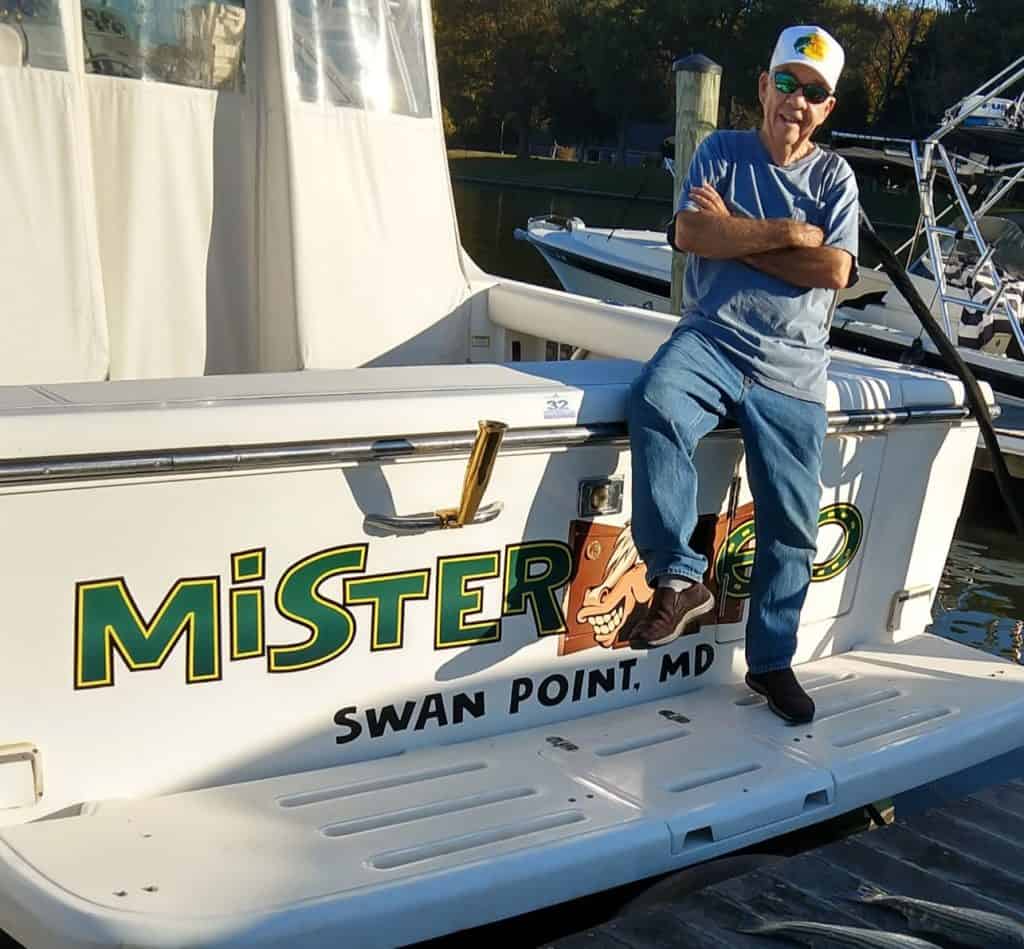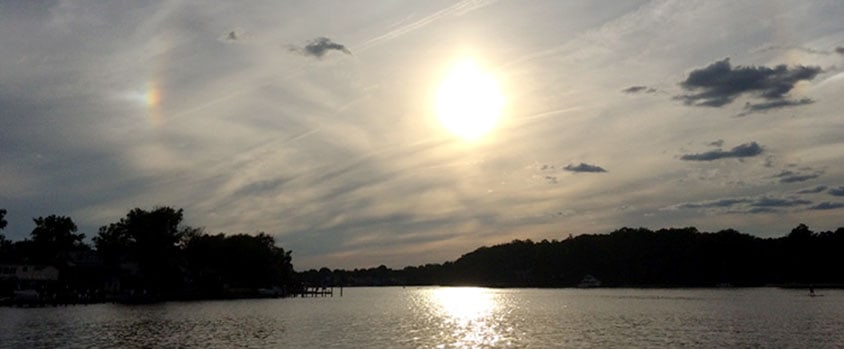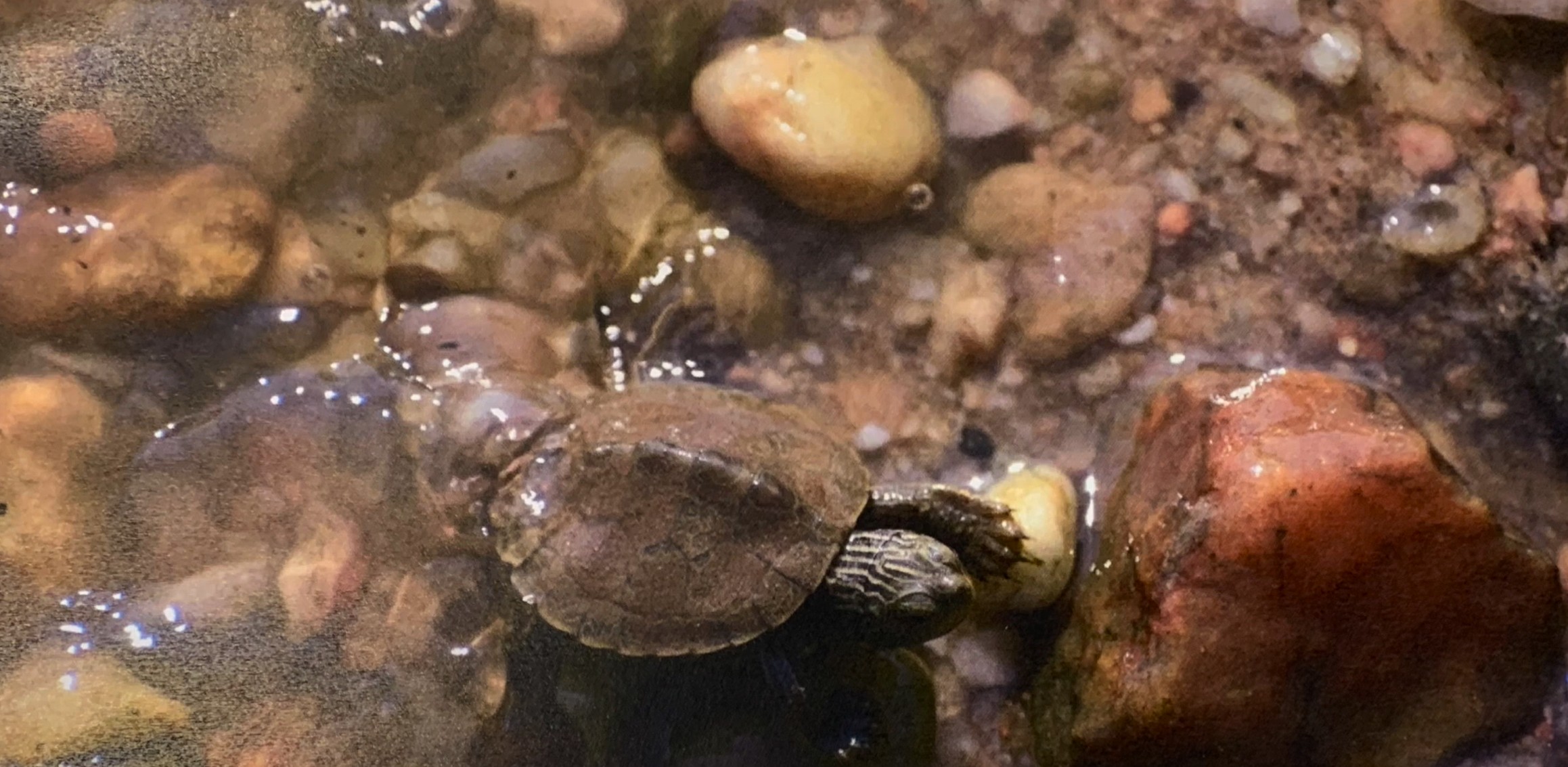It’s a risk we don’t always think about when jumping into the water for a swim, or jetskiing, wakeboarding, or even fishing. But one family’s story serves as a reminder: vibrio bacterial infections from water contact are a very real possibility this time of year.
Vibrio vulnificus is a bacteria that lives on microscopic animals called copepods. Copepods feed on algae in the Bay. So the more algal blooms we see in the summertime, the more vibrio is released into our waterways. About 80 percent of infections happen in the warm-water months between May and October. In 2017, 2018, and 2019, the last years of complete results, cases peaked between July and August.
One family is sharing their story on social media to remind people about the danger of vibrio—and the importance of keeping away from the Bay if you have any cuts or abrasions.
Cathy Szmurlo tells the story of her father, 82-year-old Edward Frere, who is believed to have contracted a vibrio infection while fishing in the Wicomico River near Cobb Island. He didn’t go into the water, Szmurlo says, but caught some perch, returning to a pier on Charleston Creek to clean them and bait crab pots with the scraps. At the time, he had a small abrasion on his right hand, she says.
A retired Maryland Natural Resources Police Captain, Frere knew the precautions to take, Szmulro says, washing up well and using antibacterial lotion.

Just 24 hours later, Szmurlo recounts, “He woke to find his right hand swollen, a deep red and very painful. He immediately went to the ER and the doctors there determined that they were not equipped to save him and transferred him to University of Maryland Shock Trauma.
He has had three surgeries to date, she says, and is expected to undergo two more surgeries.
Szmurlo says she wanted to get the word out about the existence of the vibrio bacteria in our waterways during the hot summer months. She feels state and local leaders should spread awarenesss, too.
While the majority of vibrio infections are foodborne, coming from things like infected oysters, about one-third of the last five years’ cases came from water contact. In 2019, the latest year of complete data, there were 95 cases of vibrio in Maryland and 31 of them were nonfoodborne, according to the state health department.
NOAA’s National Centers for Coastal Ocean Science (NCCOS) offers a forecast map so that you can see the probability of vibrio occurring up to 48 hours in advance. Bay enthusiasts should note: this map doesn’t reflect actual measurements, just predictions based on factors like recent rainfall, water temperature, nutrient levels and salt concentrations.
According to the Maryland Department of the Environment (MDE),“there is no known numerical threshold or standard that can be linked to risk of infection from Vibrio bacteria.” Vibrio can be dangerous even in small amounts.
Because there’s no specific marker for vibrio, MDE doesn’t issue specific warnings. But spokesman Jay Apperson does tell Bay Bulletin, “While scientists have developed models to predict the presence of Vibrio in marine and estuarine waters, these models cannot determine individual risk for Vibrio-related illness and should not be viewed with this expectation or used to guide decisions about swimming or other activities in the Chesapeake Bay.”
Instead, he says, people should follow these guidelines from the state:
- Avoid water contact if you have any skin wounds.
- If water contact cannot be avoided, cover wounds with waterproof bandages.
- Wear water shoes to avoid cuts and scrapes.
- Wear gloves or use extra care when handling crab pots or other equipment.
- If you get a cut or a scrape, clean it immediately with soap and clean water after contact. If soap and clean water are not available, clean the wound with hand sanitizer then wash as soon as possible.
- Always shower after swimming in natural waters and wash hands before handling food or eating.
And if you do get a wound with unusual redness, swelling, or drainage, seek medical attention immediately and tell your doctor if you’ve recently come in contact with brackish or salt water.
–Meg Walburn Viviano




